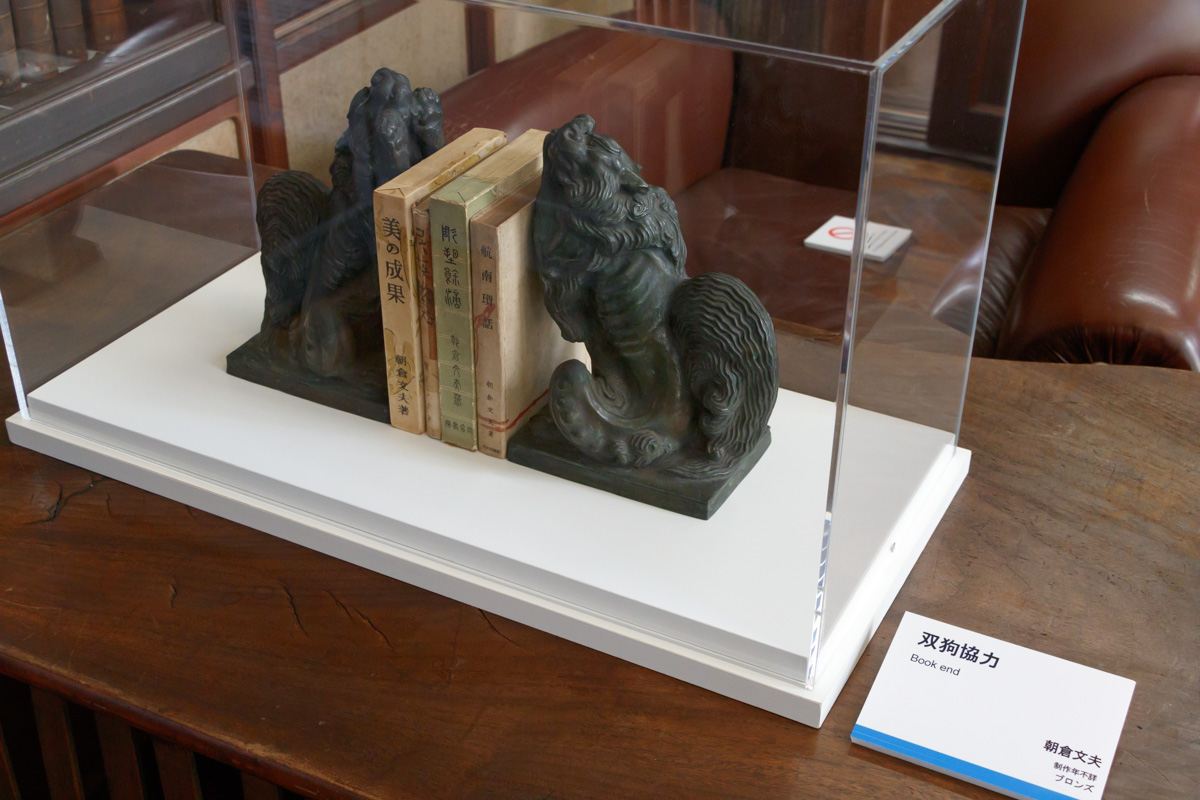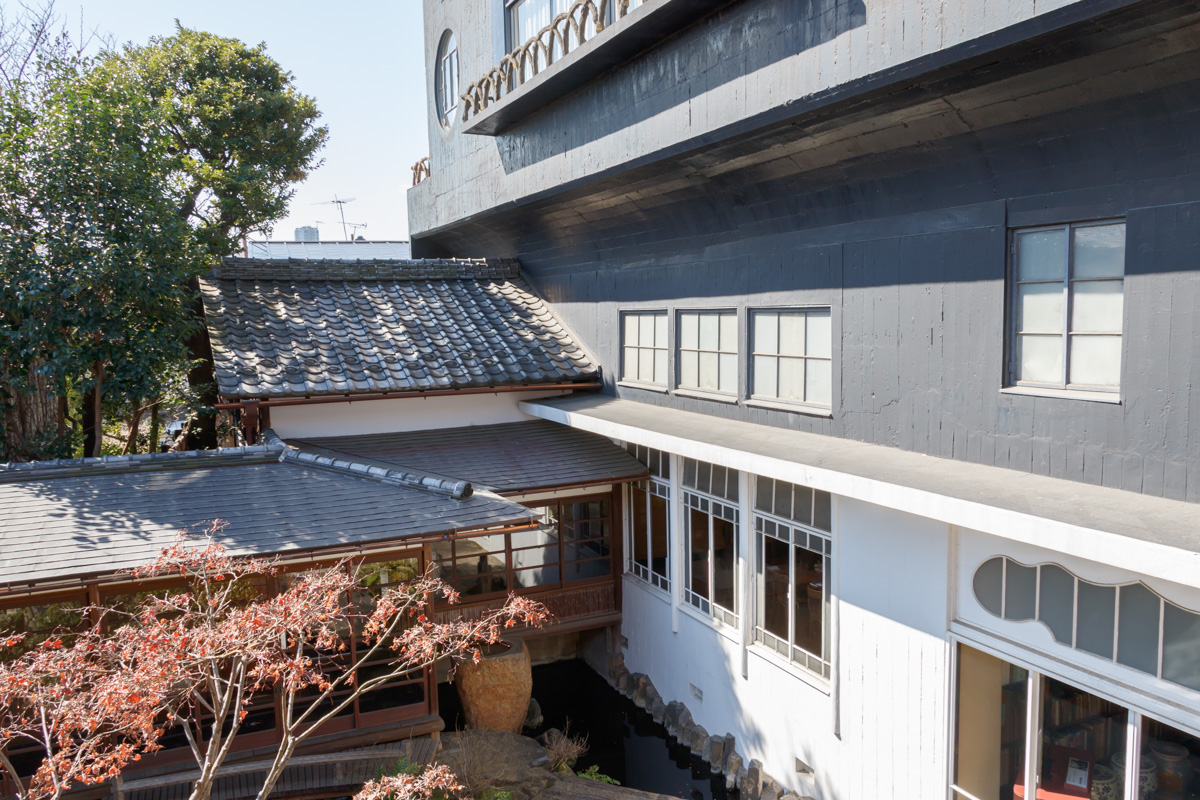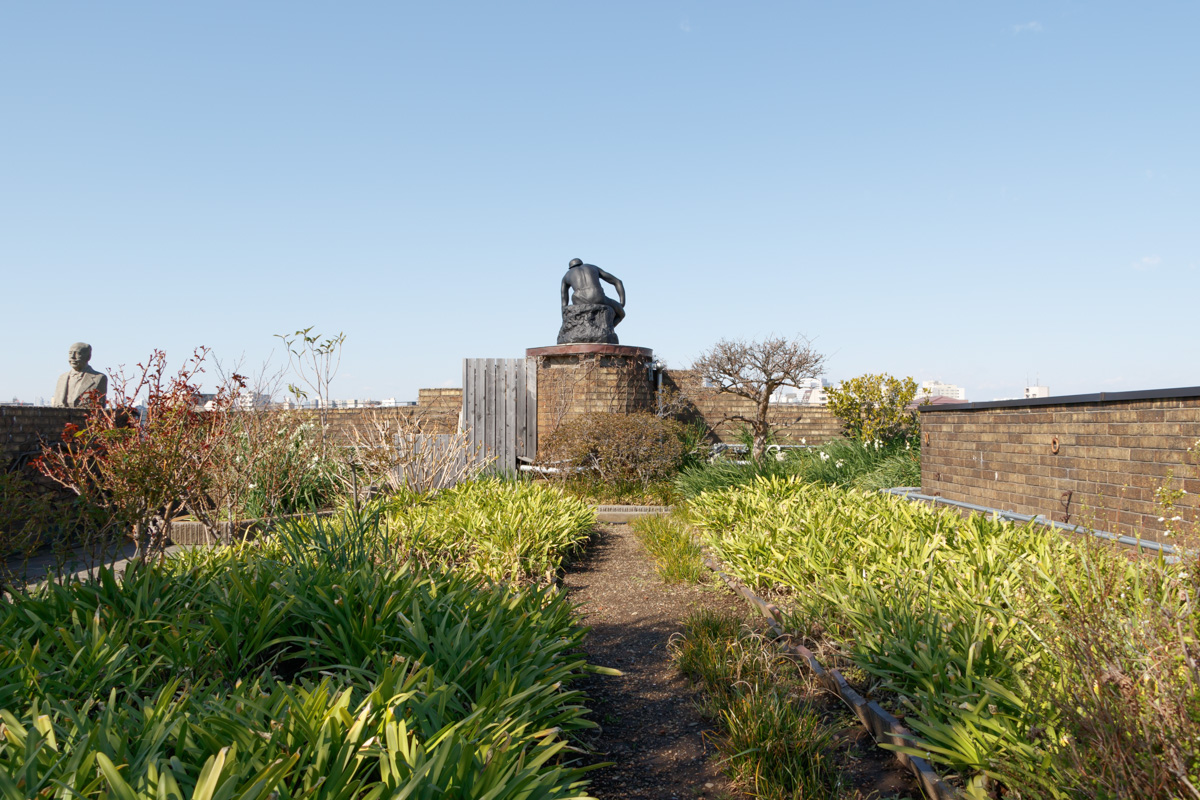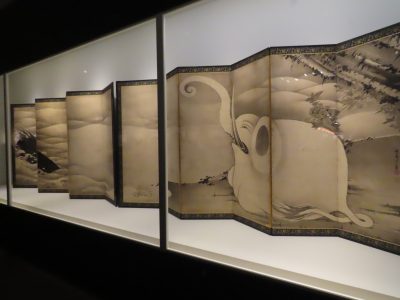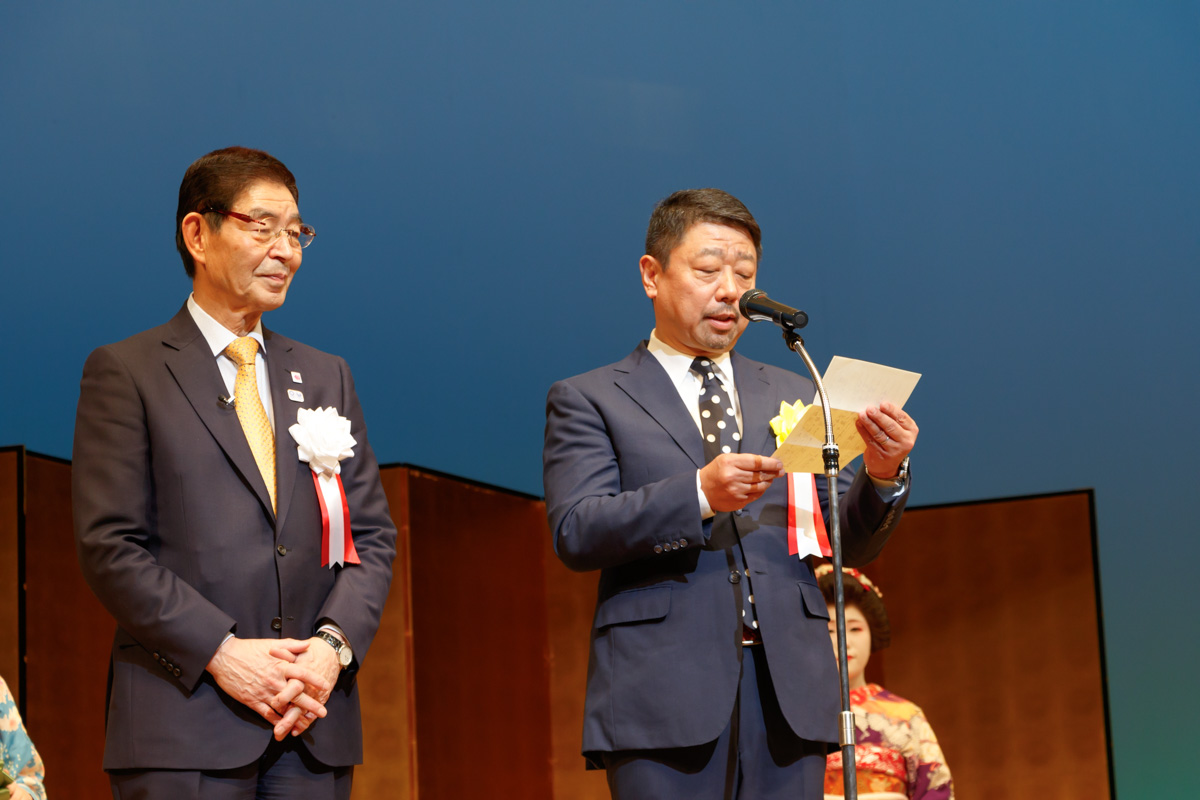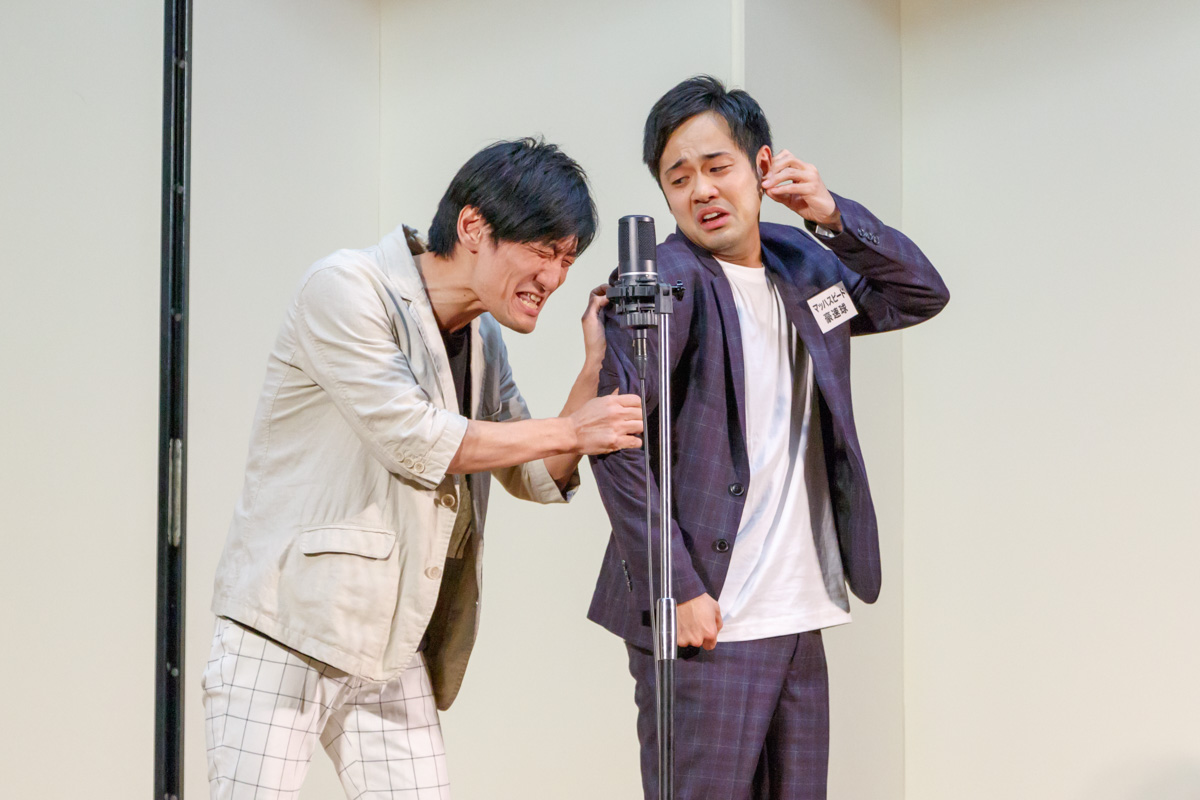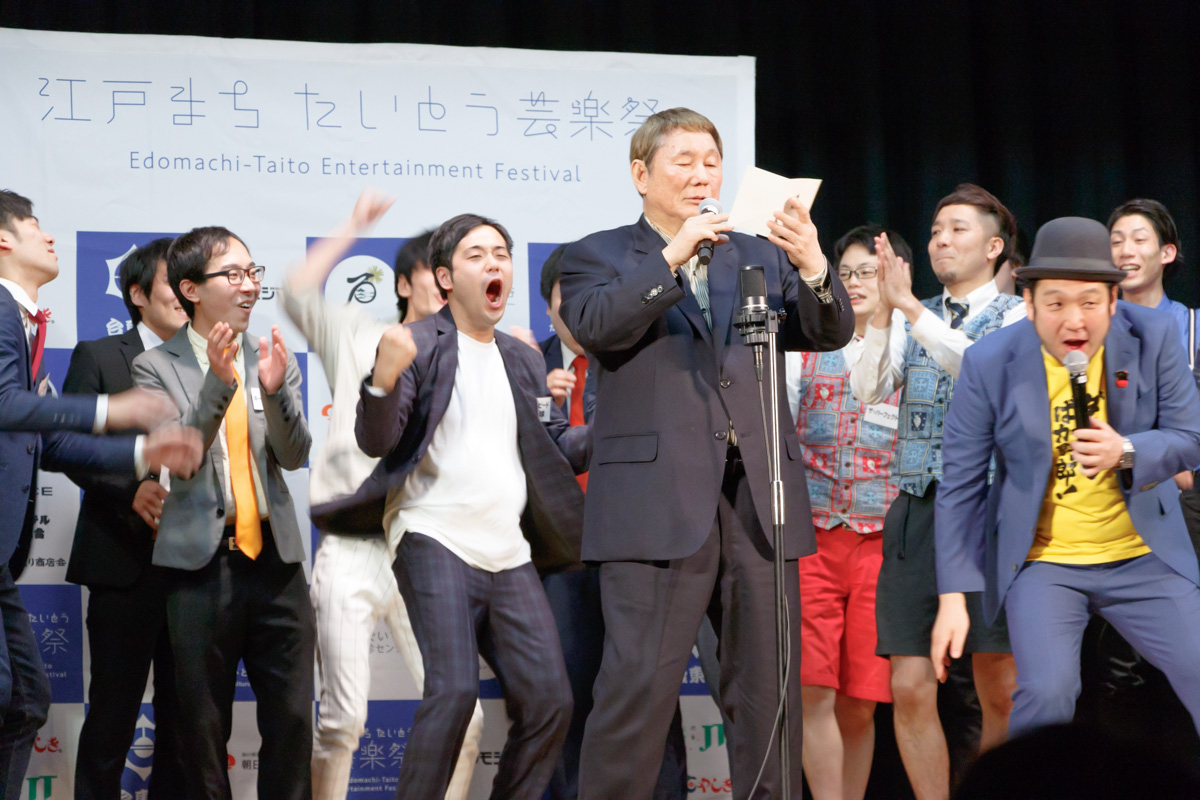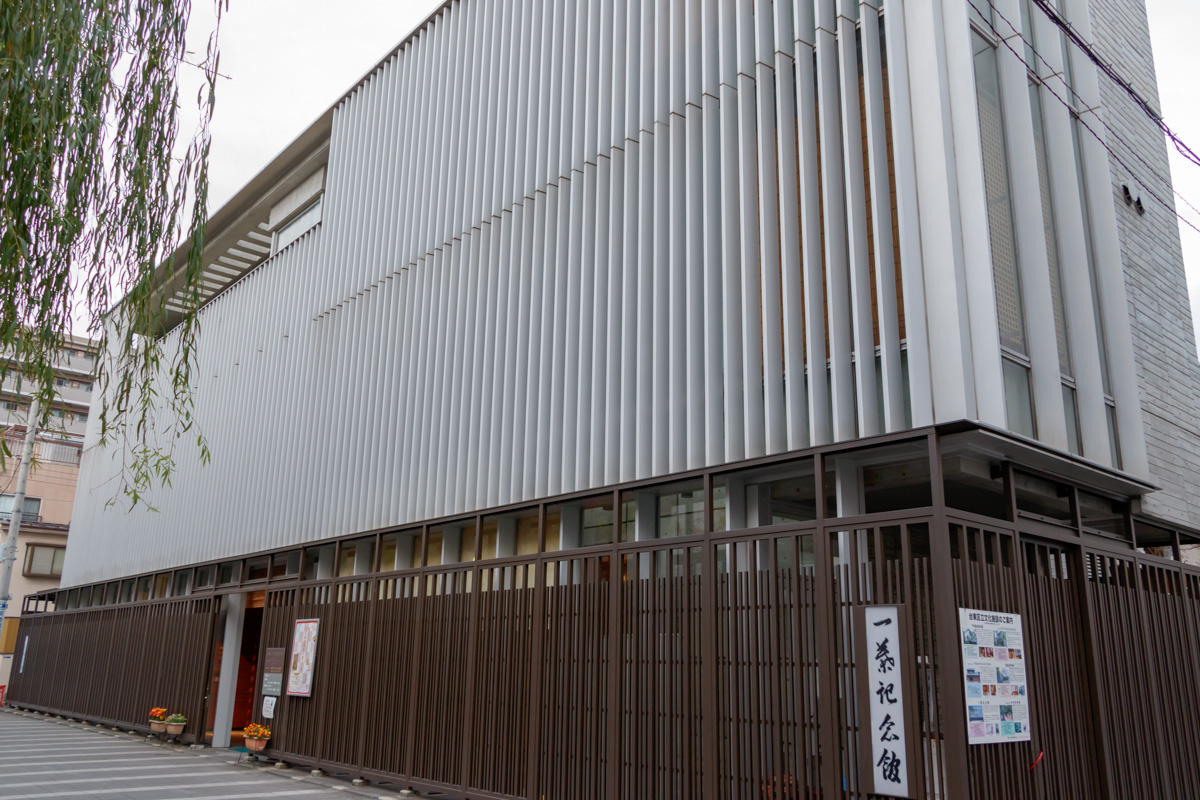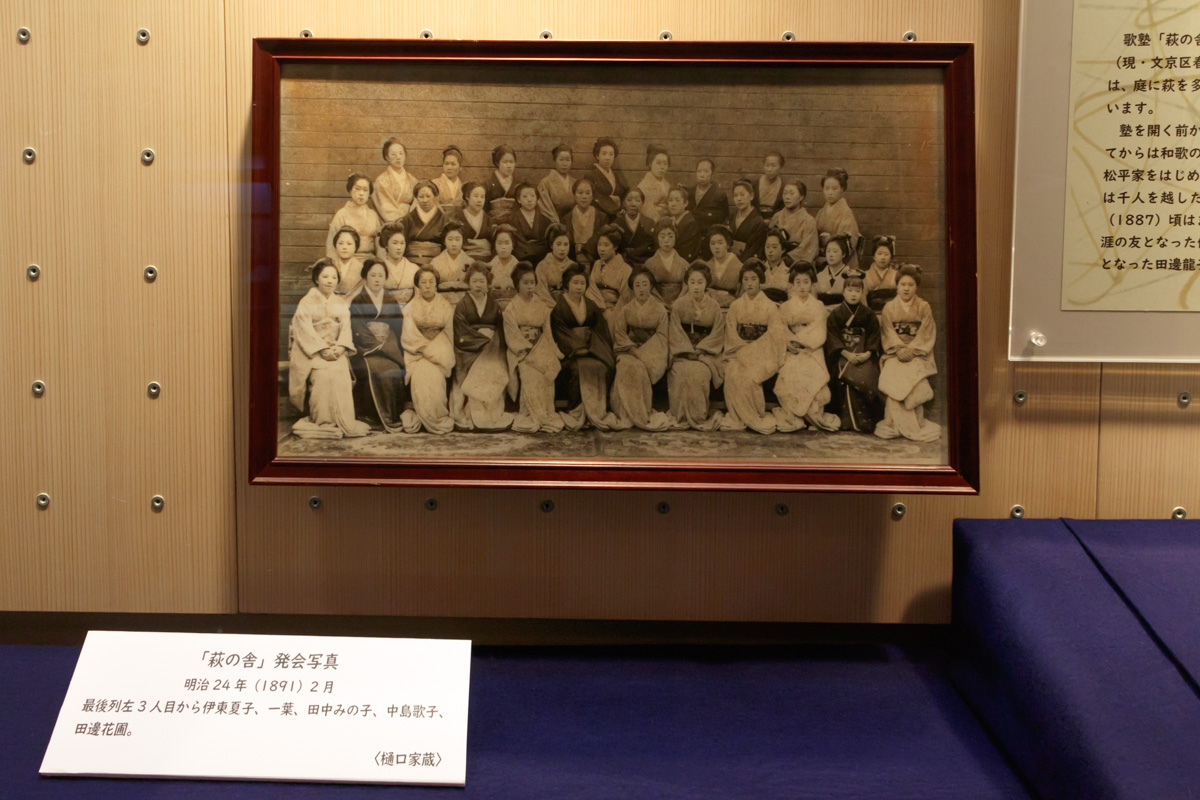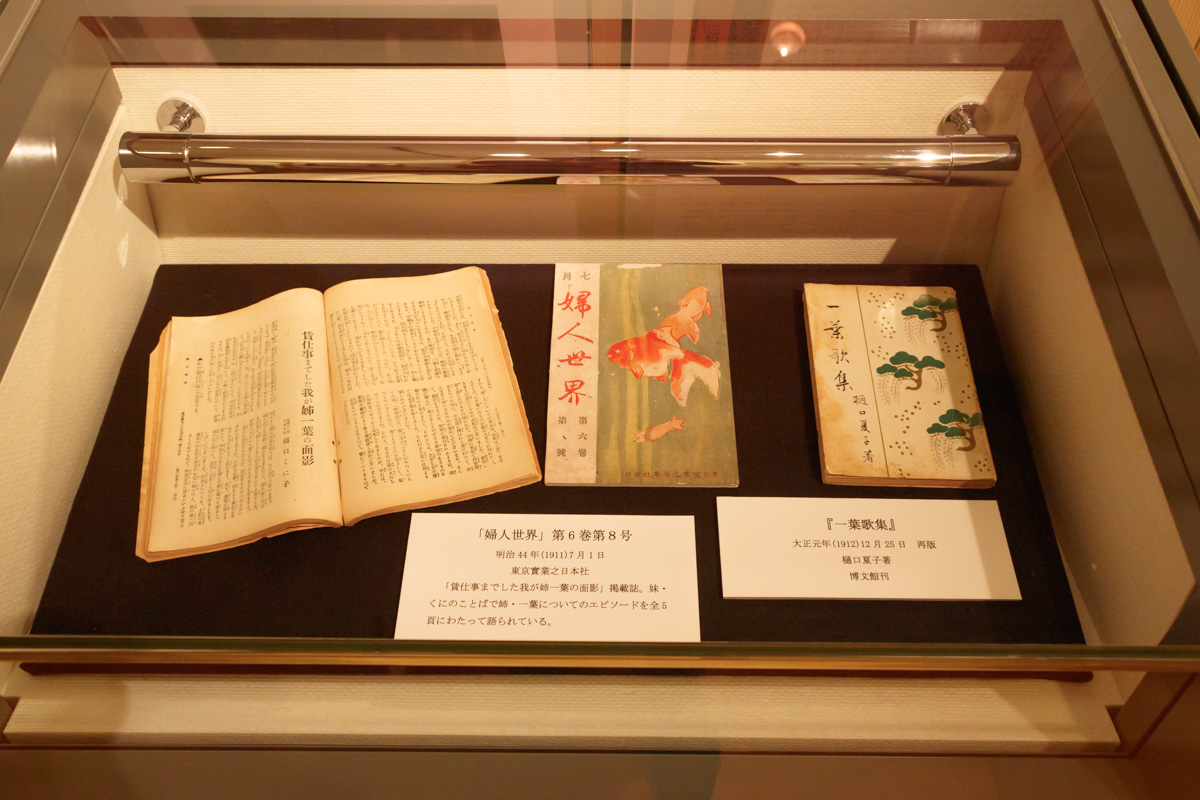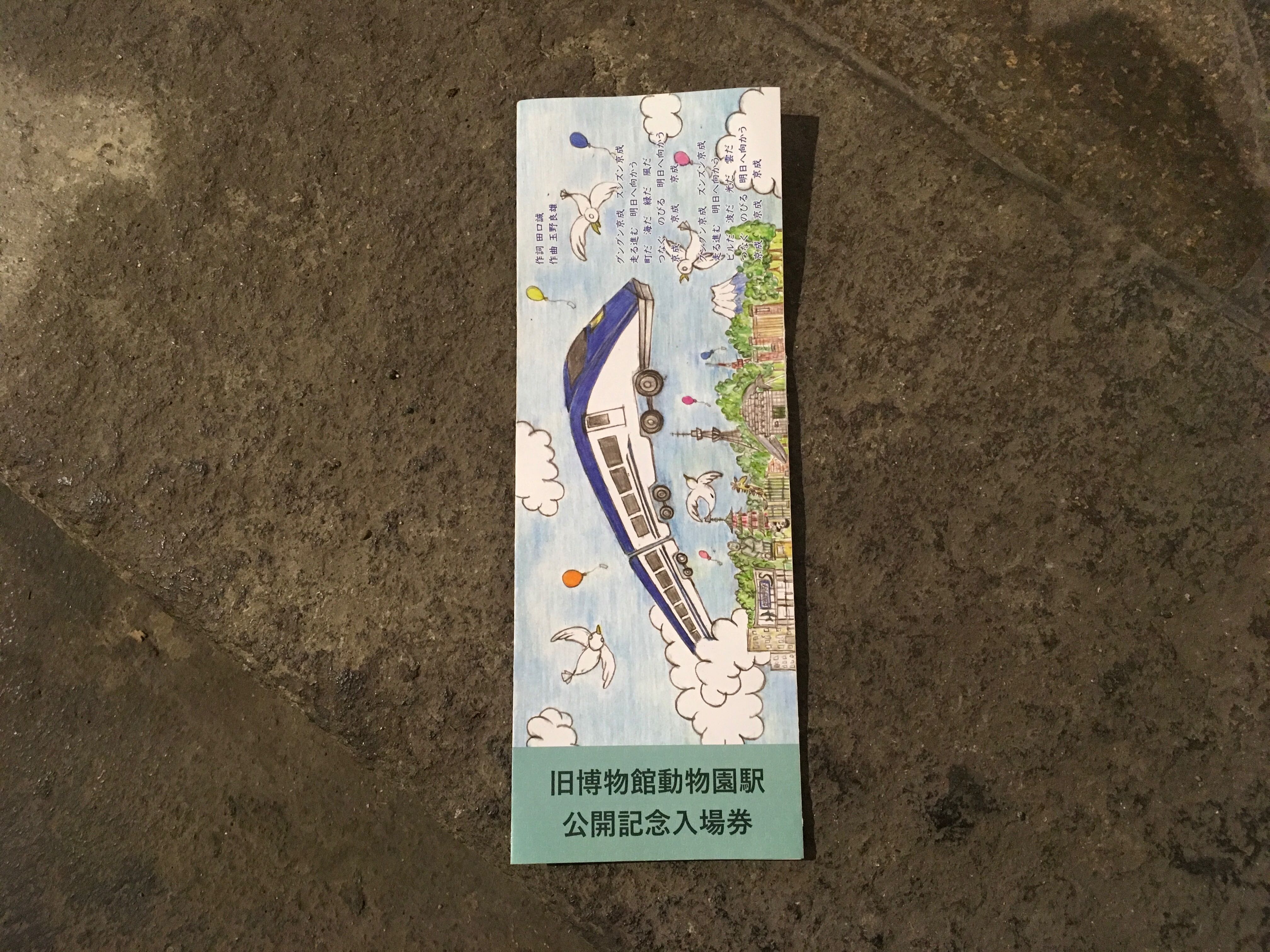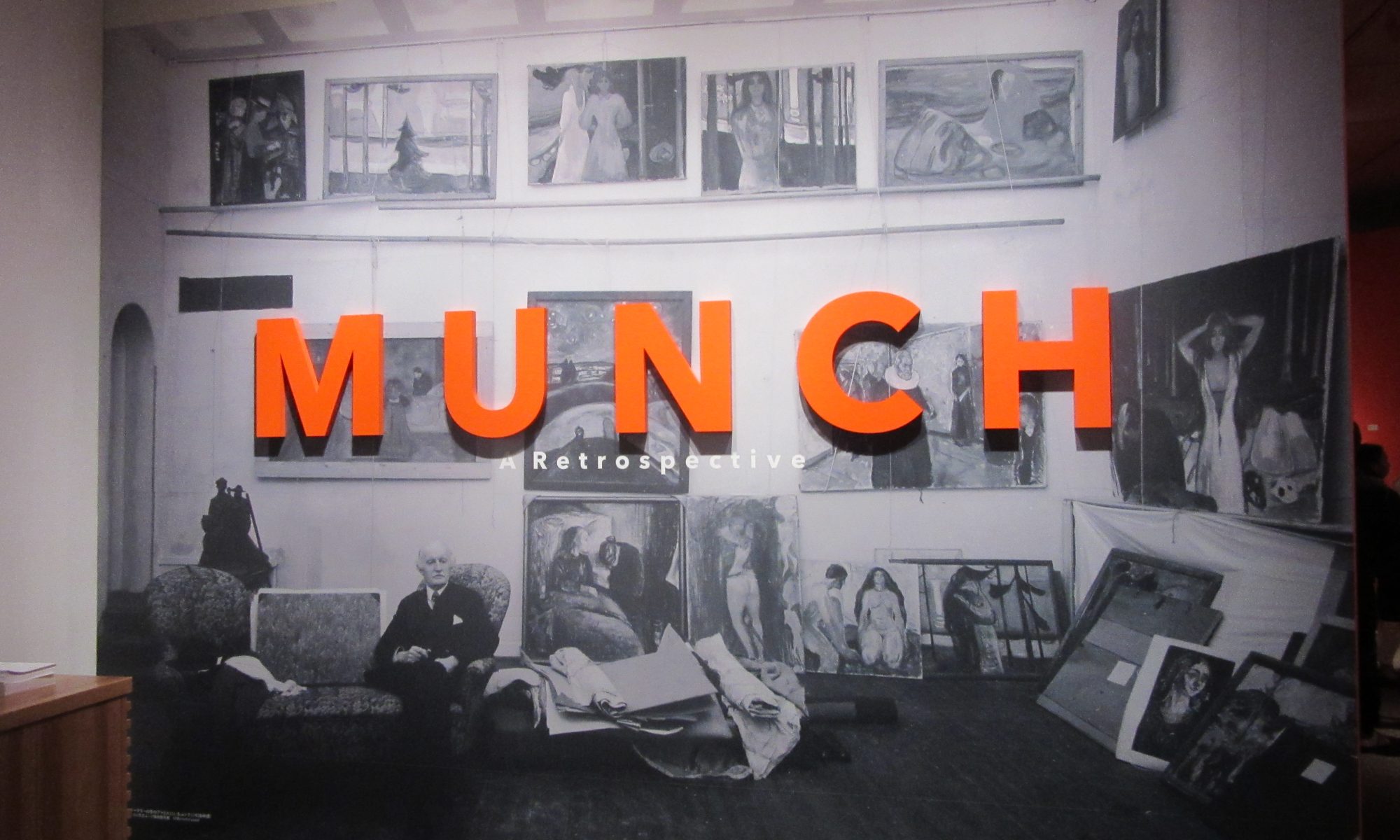Tokyo National Museum
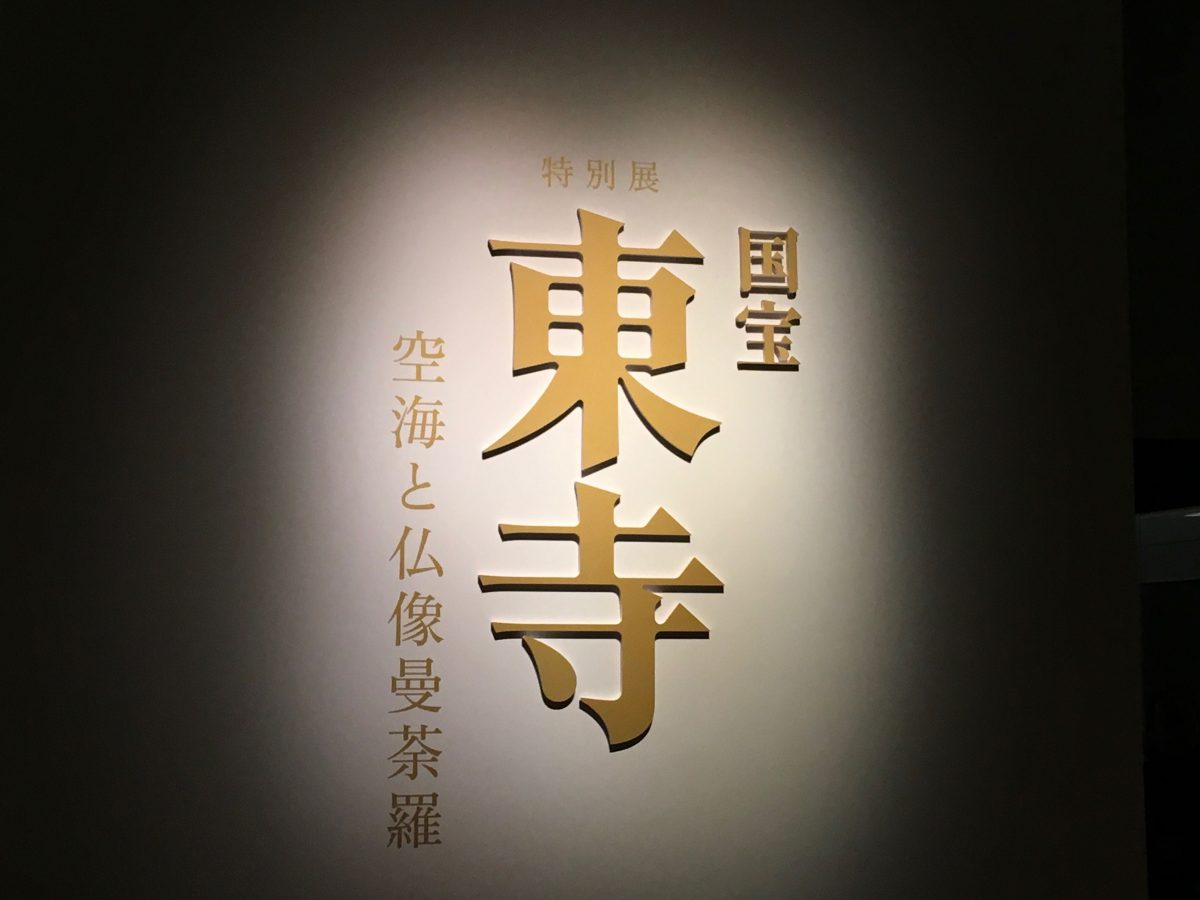
In the Heisei-kan, a special exhibition “National Treasure Toji Temple-Kukai and Buddha Statue Manra” will be held from March 26 (Tuesday) to June 2 (Sun), 2019.
As we participated in the press conference held prior to the event, we will tell about the situation.
To-ji Temple (Koh Gokoku-ji Temple) was built along with West-ji Temple as a public temple for the protection of the Great Castle, along with Heian-Kei’s capital relocation. Kukai Kobo Daishi, who returned to learn the esoteric is a new Buddhism in Tang, look forward to Toji than Emperor Saga in 823 years, was the root dojo of Shingon esoteric Buddhism.
Kukai said, “Esotericism is so deep, it is difficult to describe in sentences. Instead, I draw a drawing and show it to something that I can not understand” (“Gyorai catalog”) , I emphasized it. From this point of view, there are still many excellent items in esoteric art.
In this exhibition, we introduce the full spectrum of cultural assets from Toji Temple, including many famous treasures related to Kukai.
On the next seven days, the way to go to school
Kukai says it is confidential to practice and practice in accordance with the scriptures. The most important of the various disciplines is the practice seven days after being held at Shingon-in, a secular shrine set up in the palace.
It is prayed for the health of the nation’s security and the emperor, and it has been held in Toji since the Meiji era.
It is not clear what kind of practice is being done, but for this exhibition, photography of the setting in the dojo during the ceremonies is permitted, and the situation is reproduced in the exhibition hall. This is a valuable opportunity to learn about the precious ceremonies!

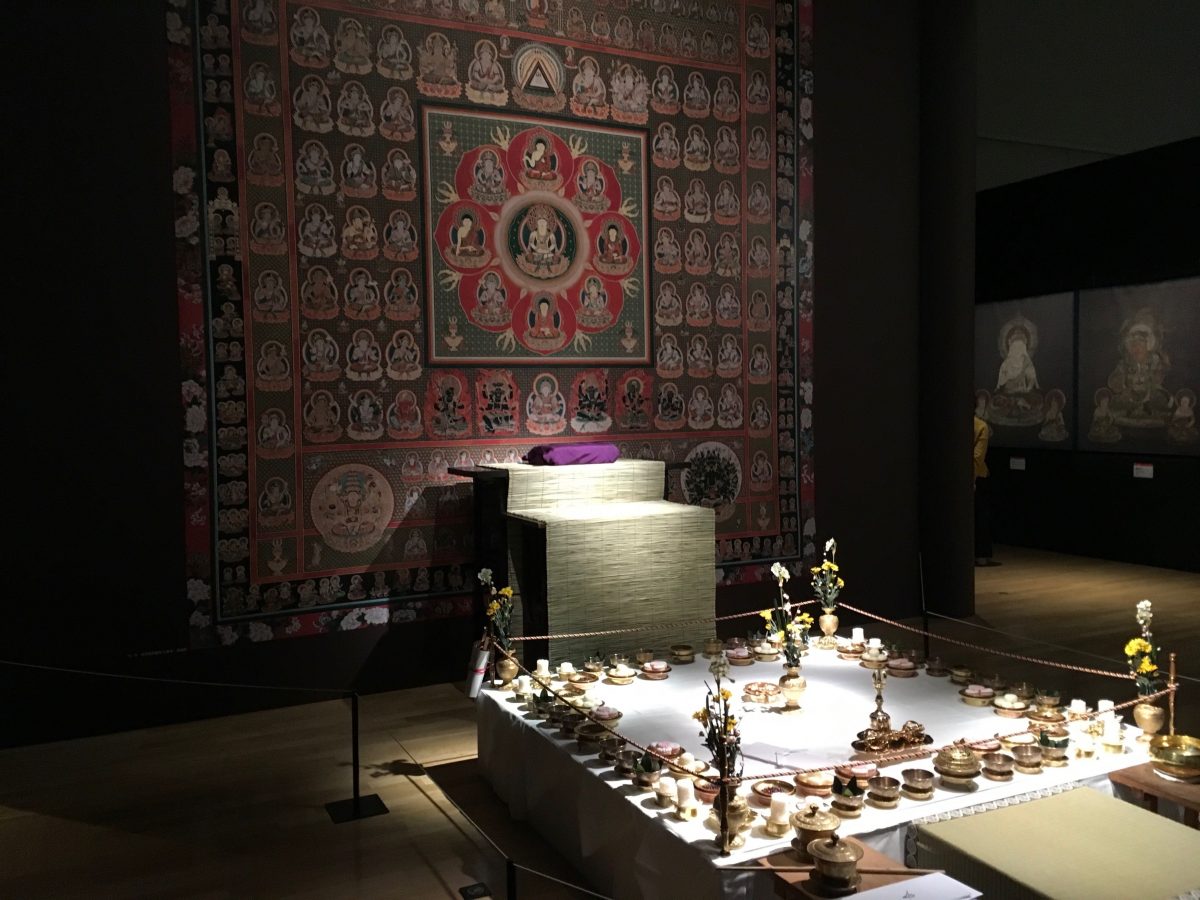
Both worlds mandala
Mandala is a visual representation of the world view of Buddhist scriptures in a variety of ways. The “two world mandala”, which Kukai emphasized, is the “Jokura world mandala” that represents the world of the scriptures “Dai Nikkei” and “Kongo Shokai” and “ It refers to the Kongokai Mandara. Both world mandalas are also used in the 7 days later.
In this exhibition, we will replace and display 3 sets of both world mandalas (total 6) during the period.
It is here to be displayed from March 26 (Tuesday) to April 7 (Sunday). Kukai is the second transcript of the colored mandala (Nera Mandara) brought back from China and is designated as an Important Cultural Property.

Mandala is a way of showing deep secular teachings to anyone. The layout map of Mandala is also on display, so please try to decipher the world centered on Dainichi.

Three-dimensional mandala
In the auditorium of To-ji Temple, 21 groups of Buddha statues are said to have three-dimensionally represented the world view of “Kongo Zong”, a fundamental scripture of esoteric religion. These three-dimensional mandala was designed by Kukai. Among these, the 15 exhibitions that will be the largest exhibition ever made are on display.

Kukai says, “The Buddha of Mandala is neatly arranged like a tree in the forest, with various colors of red and blue .” It is considered to be a word conscious of the Kongo world mandala. Like the words, it is a masterpiece that 15 Buddha statues line up in a large exhibition hall.

You can also admire the statues of the famous Buddha statues of Buddha Buddha No. 1 handsome.

VR work “Kukai form of prayer”
At the same time as the main exhibition, the VR work “Kukai prayer form” is being screened on the first floor of the Tokyo National Museum.
In addition to following the locus of action construction from the arrival of Kukai, you can enjoy the image that reproduces the Buddha image of 21 three-dimensional mandala by VR technology. The 7-meter high “Dainichi Nyorai” placed in the center of the three-dimensional mandala is projected in full size, and it is a powerful score. Please enjoy it together with this exhibition!


Place: Tokyo National Museum Toyokan B1F TNM & TOPPAN Museum Theater Period: March 27 (Wed)-June 30 (Sun), 2019
Screening date: Wednesday, Thursday, Friday (12:00, 13:00, 14:00, 15:00, 16:00)
Sat, Sun, Holiday, Holiday (11:00, 12:00, 13:00, 14:00, 15:00, 16:00)
※ During the Special Exhibition Period [3/26 (Tuesday)-6/2 (Sunday)] on Friday and Saturday will be screened at 17:00 and 18:00. ※ The required time is approximately 35 minutes, and the capacity is 90 people. 500 yen Junior high school student, primary schoolchild 300 yen preschooler, disabled person and one of their caregivers free ※ Special exhibition “National Treasure Touji-Kukai and Buddhism Mana” ticket presentation 100 yen discount ※ General culture exhibition day ticket (general 620 yen / university students ¥ 1000 and ¥ 1000 for general set / 800 yen for university students ※ Please purchase a ticket by the opening time (only for the day ticket).
Theater WEB site: http://www.toppan-vr.jp/mt/en/
Summary of the event
| Exhibition name | Special Exhibition “National Treasure Toji-Kukai and Buddha Statue Mandala” |
| Session | March 26 (Tuesday)-June 2 (Sun) 2019 |
| Venue | Tokyo National Museum Heisei Building (Taito-ku Ueno Park 13-9) |
| Opening time | 9: 30-17: 00 (30 minutes before closing) ※ But until Friday, Saturday during the show until 21:00 |
| closing day | Monday, May 7 (Tuesday) ※ But April 1 (Mon) [Open only at Toji Exhibition Hall], April 29 (Mon. / Congratulation), May 6 (Mon.) |
| inquiry | 03-5777-8600 (Hello dial) |
| Viewing fee | General 1600 yen (1400 yen / 1300 yen), university student 1200 yen (1000 yen / 900 yen), high school student 900 yen (700 yen / 600 yen) ※ Junior high school students and below free ※ Group fee of 20 or more in () ※ Person with a disability and one of its caregivers is free. It is necessary to present a handicapped person’s certificate etc. when entering the hall. |
| Official site | https://toji2019.jp/en/index.html |
Article courtesy : Kokosil Ueno









